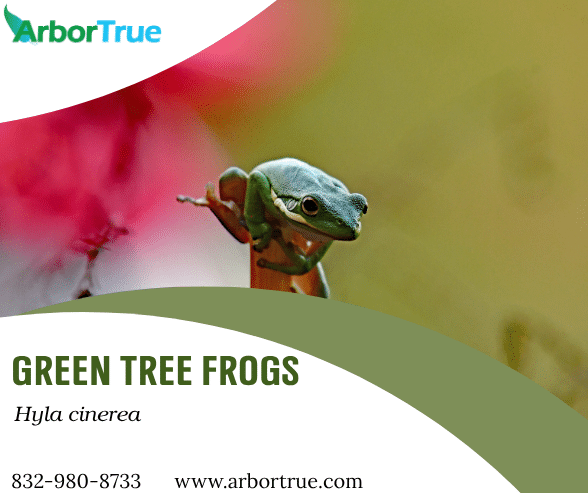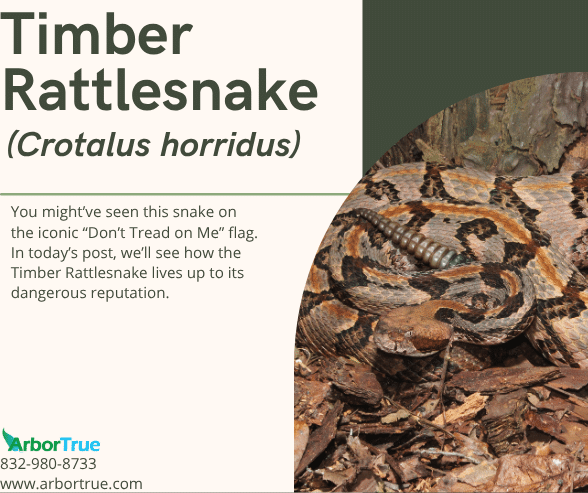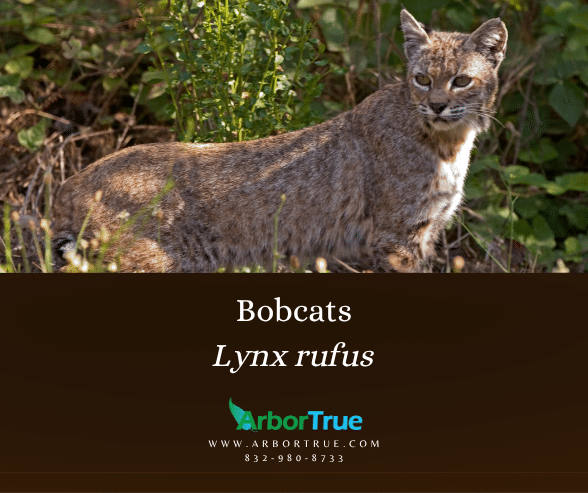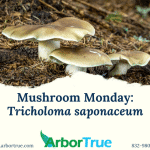
Mushroom Monday: Tricholoma saponaceum
June 9, 2025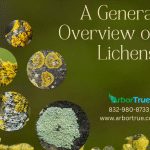
A General Overview of Lichens
June 13, 2025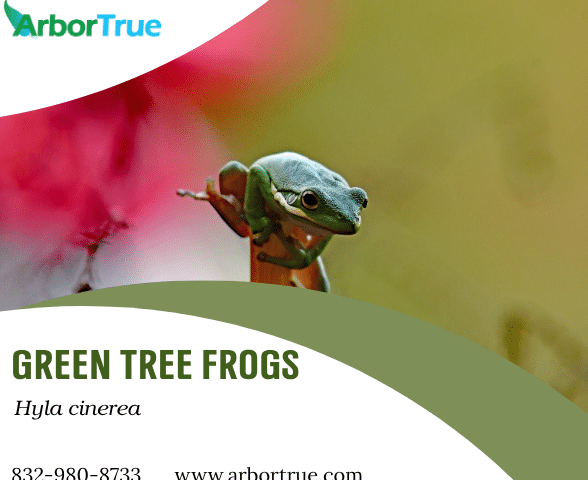
Green Tree Frogs (Hyla cinerea)
A bright spot in the trees
The Green Tree Frog (Hyla cinerea) is one of the most recognizable frogs in the southeastern United States. With its smooth, lime green skin and large golden eyes, it’s a small but striking presence in swamps, wetlands, and even backyards. Despite its delicate appearance, this frog is a capable climber and a vocal part of the nighttime soundscape wherever it lives.
How to recognize one
The Green Tree Frog usually ranges from bright green to yellowish green. A white or yellowish stripe runs from the upper lip down each side of the body, though this may be faint or missing in some individuals. The belly is pale and unmarked. Their skin is smooth and somewhat moist, though not as slippery as that of some aquatic frogs.
These frogs are small, usually 1.25 to 2.25 inches in length. Like many tree frogs, they have large toe pads that help them cling to surfaces, allowing them to climb branches, reeds, and even walls and windows. Their hind legs are long and built for jumping, while the forelimbs are smaller and well adapted for perching.
Where they live
Green Tree Frogs are typically found in the southeastern U.S., especially in warm, humid areas. They prefer environments near water, such as marshes, cypress swamps, ponds, and floodplains. You might also spot them on plants, windowsills, or porch lights on warm, wet nights.
Though they favor natural habitats, these frogs are also known for their adaptability. They can live in disturbed environments and are sometimes seen in urban or suburban areas, especially near artificial light sources that attract insects.
Life in the canopy—and in the water
During the day, Green Tree Frogs often hide on leaves or inside vegetation, blending in with their surroundings. At night, they become more active, hunting insects and calling to attract mates. Their loud, nasal “quonk” calls are easy to recognize, especially during the breeding season.
Breeding typically occurs from March through September, depending on temperature and rainfall. Males gather at the edges of ponds and wetlands to call in the evenings and at night. Females lay eggs in shallow water, attaching them to submerged plants. Tadpoles hatch within days and develop over the course of several weeks, depending on conditions.
A common but important frog
The Green Tree Frog is not considered threatened or endangered. In fact, in some areas it is quite abundant. Because it is sensitive to environmental changes, it is often considered an indicator species—a healthy population can suggest a healthy ecosystem.
This frog plays a role in controlling insect populations and serves as food for birds, snakes, and other predators. Its ability to thrive in both wild and developed areas makes it a valuable part of the ecosystem in many southern states.
If you found this information about the Green Tree Frogs interesting, check out our other posts on our TrueTreeTalk blog. Follow us on Facebook to keep up with these and other posts. Check out our list of blog posts grouped by topic for more to read. Also, follow us on LinkedIn for industry-related posts.
* * *
ArborTrue is a science-based tree service company in the greater Houston area. We also serve Austin and other parts of Central Texas. We provide a range of services including tree trimming, tree pruning, tree removal, tree planting, arborist consultations, and more. Call us today at 832-980-8733 (Houston) or at 512-546-3833 (Austin) or reach out to us online to schedule an appointment.

